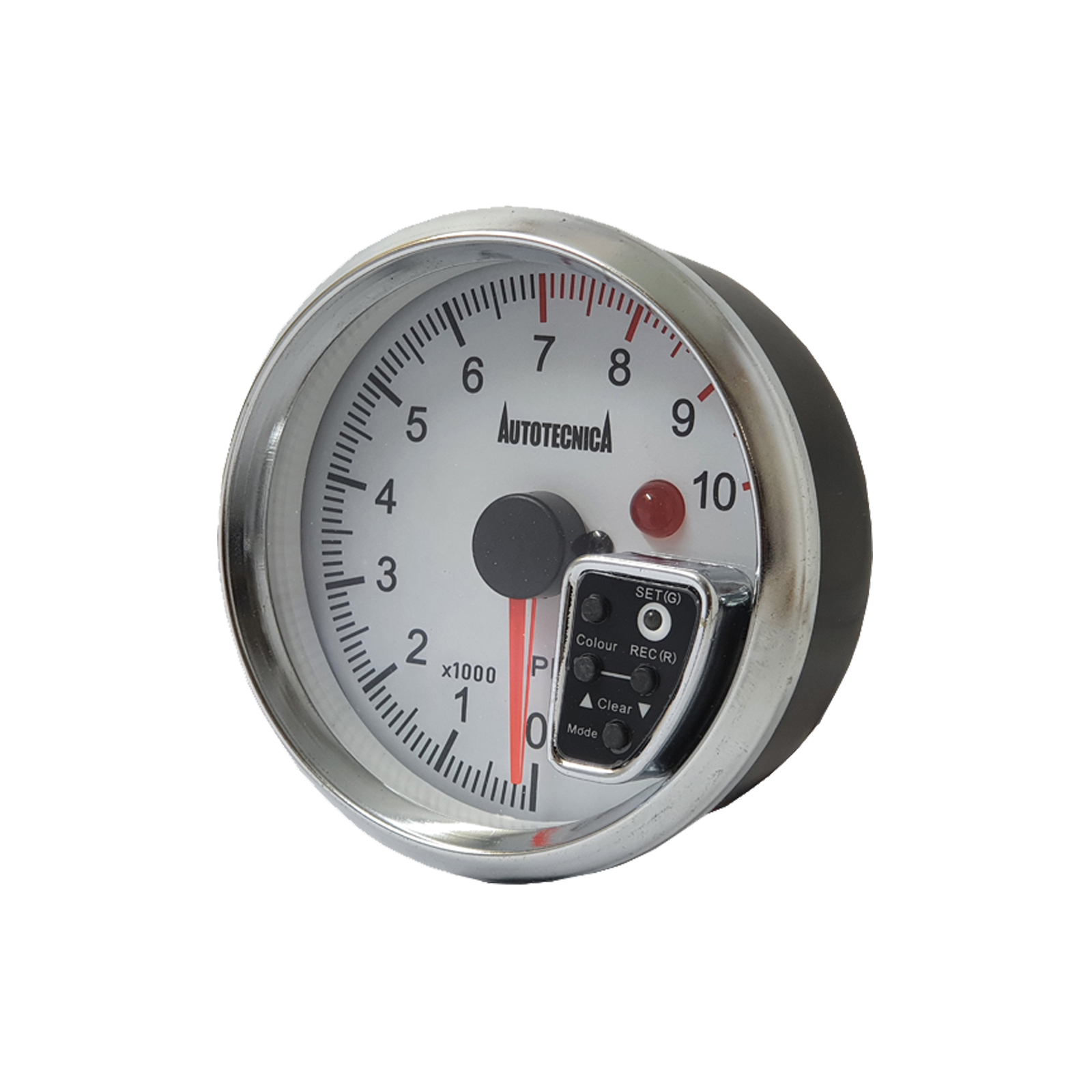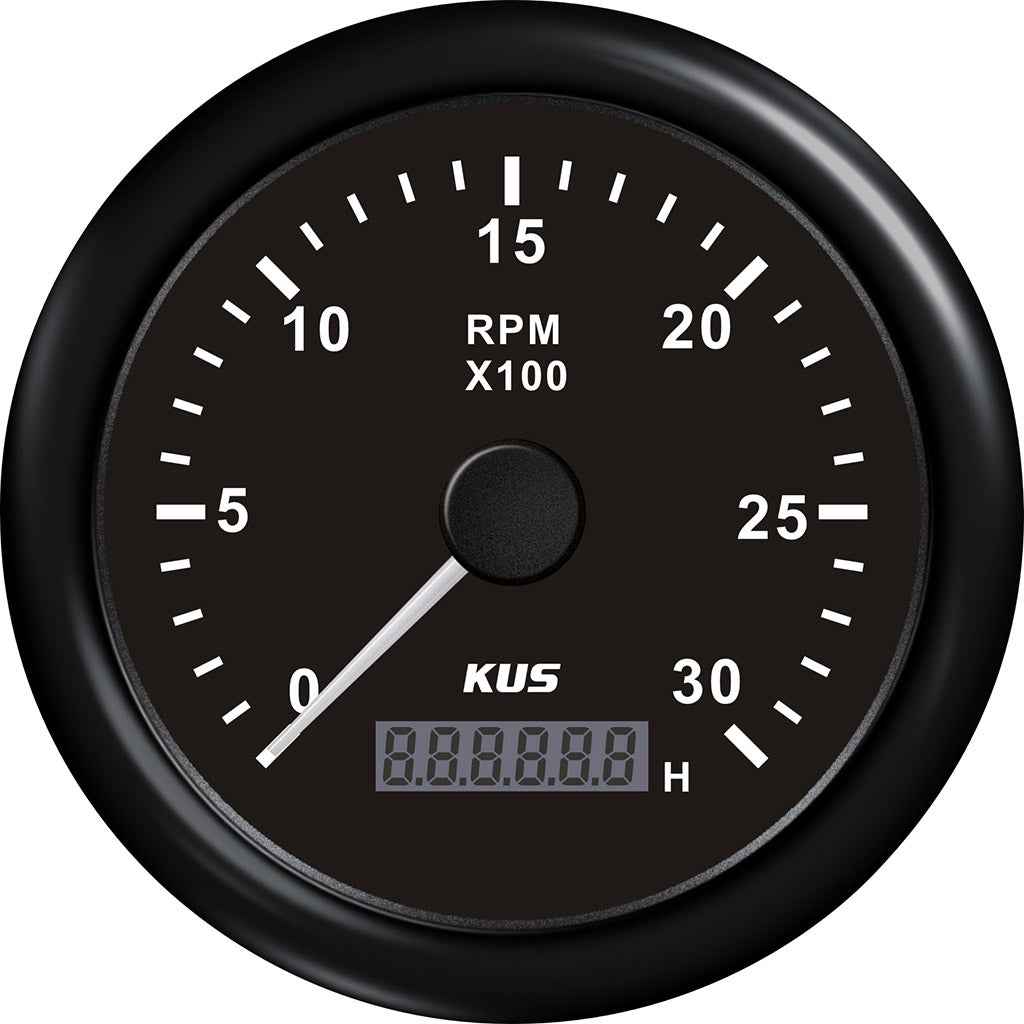Tachometer Basics: Everything You Required to Know for Accurate Readings
Tachometer Basics: Everything You Required to Know for Accurate Readings
Blog Article
Unlocking the Secrets of Tachometers: Everything You Required to Know About This Important Instrument in Your Automobile
Comprehending the complexities of tachometers can offer valuable understandings right into your vehicle's efficiency and upkeep demands. From determining engine speed to understanding the information it offers, tachometers function as a vital tool for vehicle proprietors and lovers alike. By deciphering the mysteries behind this crucial instrument, you can unlock a riches of information that can boost your driving experience and make sure the longevity of your lorry.
Value of Tachometers
The importance of tachometers depends on their capability to offer crucial real-time information regarding an engine's rotational rate, enabling precise surveillance and maintenance of equipment. By determining the changes per minute (RPM) of an engine's crankshaft, tachometers offer useful insights right into the engine's performance - tachometer. This information is crucial for ensuring that the engine operates within its ideal variety, avoiding possible damage from over-revving or underperforming
Tachometers play an important duty in assisting operators and professionals discover any kind of anomalies in the engine's rate, which could suggest concerns such as fuel ineffectiveness, mechanical troubles, or excessive stress on the engine. By promptly determining these concerns via tachometer readings, maintenance can be executed proactively, avoiding expensive fixings and downtime over time.
Moreover, tachometers are especially critical in high-performance cars and machinery, where exact control over engine rate is necessary for optimal operation. Racing cars and trucks, airplane, and industrial equipment count on tachometers to provide peak efficiency while keeping safety and security criteria. Basically, tachometers are not just instruments for measuring speed but important tools for making sure the smooth and reliable operation of engines throughout different applications.
Exactly How Tachometers Procedure Engine Rate
Utilizing sensing units that identify the regularity of electrical pulses created by the engine's ignition system, tachometers precisely measure the rotational rate of an engine. By checking the rate at which these pulses are received, tachometers give real-time comments on how quickly the engine's crankshaft is turning per min, frequently referred to as changes per minute (RPM)
The tachometer's sensing unit, commonly attached to the engine's ignition coil or trigger plug cables, selects up the electrical signals produced each time a cyndrical tube fires. These signals are then transformed right into RPM readings presented on the gauge or tool cluster within the driver's sight. Tachometers can be analog or electronic, with modern lorries frequently featuring digital display screens for accurate and rapid RPM readings.
This details is essential for vehicle drivers to recognize the engine's performance, protect against over-revving, optimize equipment changing, and guarantee effective gas consumption. By properly measuring engine speed, tachometers play a crucial role in assisting motorists operate their cars securely and successfully.
Interpreting Tachometer Readings
Having a clear understanding of just how tachometers measure engine speed establishes the structure for effectively interpreting the RPM readings presented. Translating tachometer analyses is crucial for ideal automobile efficiency and engine wellness. RPM (Revolutions Per Minute) readings on the tachometer suggest the rate at which the engine's crankshaft is revolving. When the engine is idling, the tachometer needle commonly rests around 600-1000 RPM, depending on the vehicle. As you accelerate, the RPM will enhance, showing the engine's greater rotational rate. When changing equipments in a manual transmission vehicle, the RPM will drop as you engage the clutch and change gears, after that climb once more as you increase in the brand-new equipment. Checking the tachometer can aid you establish one of the most reliable changing indicate take full advantage of fuel economic climate and engine power. Additionally, uncommon variations or continually high RPM analyses might indicate potential issues with the engine that might call for expert interest. By focusing on the tachometer readings and recognizing just how to translate them, you can ensure your car operates efficiently and effectively.


Tips for Making Use Of Tachometers Efficiently
To boost driving effectiveness and optimize engine efficiency, what key methods can be implemented for effectively utilizing tachometers? Tachometers are crucial tools that provide real-time comments on engine speed, allowing drivers to make educated decisions for better performance - tachometer. Below are some suggestions for making use of tachometers efficiently:
Recognizing Optimal RPM Variety: Acquaint yourself with the ideal RPM (Changes Per Minute) variety for your vehicle. This variety about his differs in between different cars and trucks and is usually suggested in the proprietor's guidebook. Keeping the engine within this variety can boost gas efficiency and extend the engine's life-span.
Changing Equipments at the Right Time: Make use of the tachometer to establish the best time to change equipments. Aim to shift equipments when the RPM gets to the optimum array for the following equipment.
Keeping An Eye On Engine Stress And Anxiety: High RPMs for long term periods can stress the engine. Keep an eye on the tachometer to stop over-revving, especially during velocity or when lugging hefty tons.
Tachometers and Automobile Maintenance
When thinking about car upkeep, you could try here tachometers play a critical duty in checking engine performance and discovering prospective issues. Tachometers provide crucial information on engine speed, allowing drivers and technicians to make sure that the engine is operating within the recommended RPM range. Regularly checking the tachometer analyses can help recognize issues such as engine misfires, worn-out trigger plugs, or concerns with the fuel distribution system. By focusing on the tachometer, chauffeurs can prevent too much strain on the engine, which can bring about expensive repairs down the line.
In enhancement to spotting possible issues, tachometers can likewise aid in enhancing gas efficiency. By keeping the engine rate within the optimal array, vehicle drivers can boost their gas mileage and reduce fuel intake. This not just benefits the motorist's wallet but likewise adds to environmental conservation by decreasing harmful discharges.
Verdict

Report this page